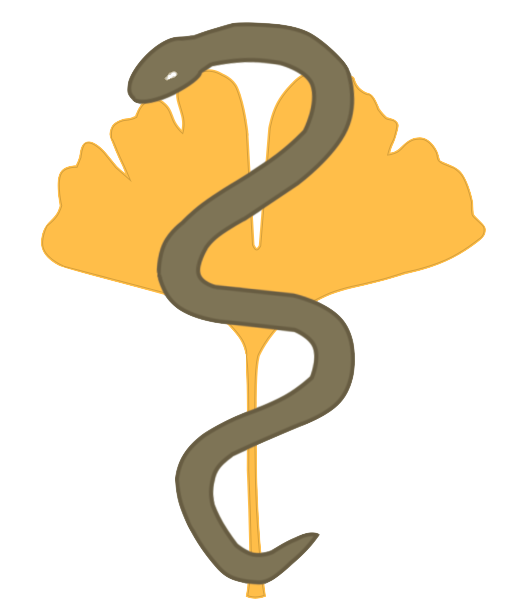First of all, a short note: A lot of information has been processed on this page. To get an overview of what might be interesting, take a look at the sitemap.
Hair analysis can be used in both human and veterinary medicine. So it doesn’t matter whether the hair comes from humans or animals. Alternatively, it is possible to analyze cells, blood, saliva or urine instead of hair. The analysis of horse hair has been proven in practice for several reasons.
There are different methods for hair analysis. Depending on the type of analytical method, the hair samples required differ. For example, a therapist may insist on using hair samples only if the horse hair with hair root is available. This procedure involves pulling out a strand of hair on the horses.
Other therapists use a hair sample for hair analysis of horse hair, which can be analyzed regardless of the existence of a hair root. For our procedures, a hair sample without hair root is perfectly sufficient.
Mane hair or tail hair?
The question often arises as to which hair is best to use for a hair analysis. With regard to a horse hair analysis, it is completely irrelevant whether hair from the mane, tail or coat is examined. Care should be taken not to mix hairs from different sampling sites. For example, if a therapist recommends submitting horse hair from the mane and tail for analysis, both hair samples must be packaged separately. Specifically, a hair sample from the mane into one package and from the tail into another package.
On the other hand, it is important where the hair is taken from the mane / tail.
For example:
It is not advisable to use tail hair from the end of the tail for a hair sample. The tail of a horse has grown on average over several years, thus indicators that stem from recent disease / impairment can be overlooked. Therefore, it is recommended to cut the hair as close to the body of the horse.
Analytical device
Another question concerns the analytical device used for horse hair analysis. Various devices from different manufacturers exist on the market. Among therapists, there are two to three favorites when it comes to equipment. What matters the most for a horse hair analysis is what conclusions a therapist can draw from a present analysis result.
An experienced therapist may be able to detect more with an “inferior” analytical device than an inexperienced therapist with a “high-tech” analytical device. Ultimately, the focus is on the competence and experience of the therapist.
